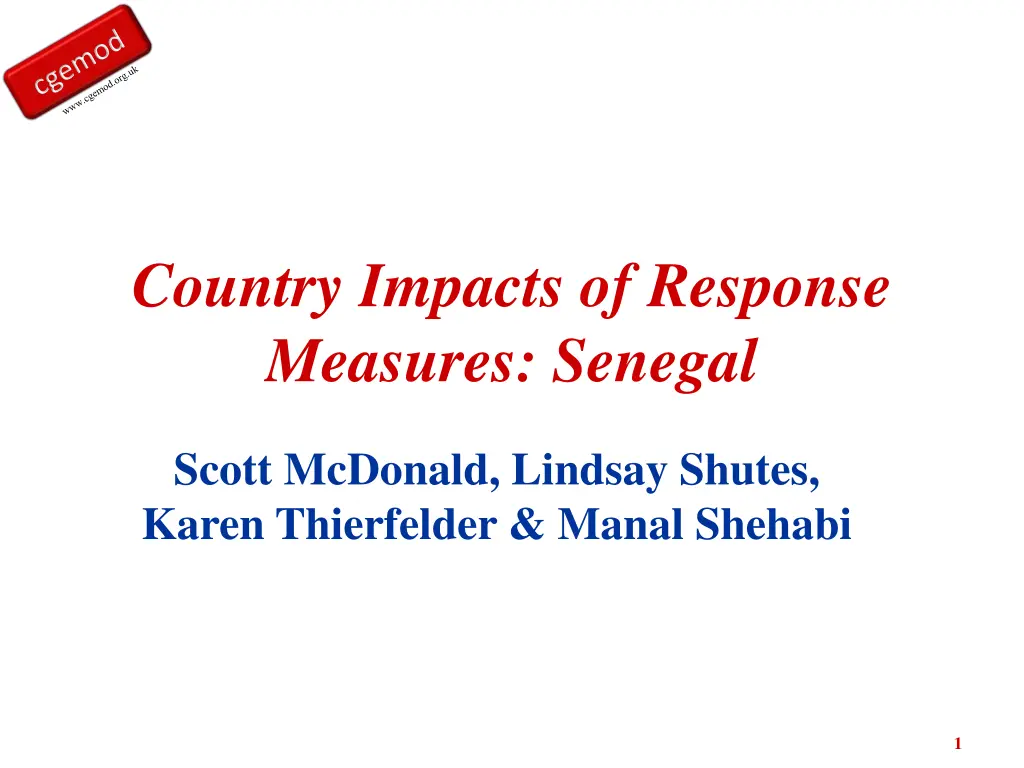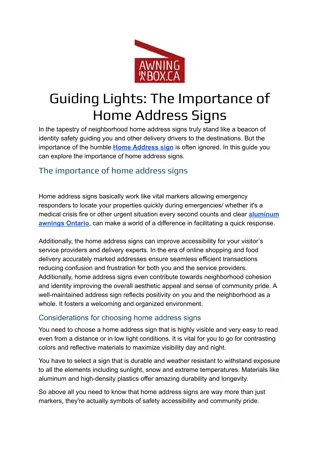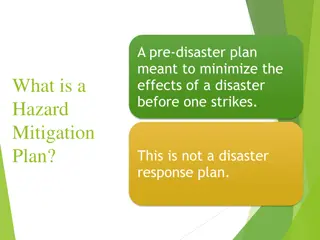
Senegal Model Impact Analysis: Response Measures & SDGs
Explore the impacts of response measures in Senegal through a comprehensive analytical program, focusing on global and country-specific data models, indicators, and policy implications. Gain insights into the effects on CO2 emissions, West Africa, and the Senegalese economy.
Download Presentation

Please find below an Image/Link to download the presentation.
The content on the website is provided AS IS for your information and personal use only. It may not be sold, licensed, or shared on other websites without obtaining consent from the author. If you encounter any issues during the download, it is possible that the publisher has removed the file from their server.
You are allowed to download the files provided on this website for personal or commercial use, subject to the condition that they are used lawfully. All files are the property of their respective owners.
The content on the website is provided AS IS for your information and personal use only. It may not be sold, licensed, or shared on other websites without obtaining consent from the author.
E N D
Presentation Transcript
Country Impacts of Response Measures: Senegal Scott McDonald, Lindsay Shutes, Karen Thierfelder & Manal Shehabi 1
Introduction & Outline Introduction Analytical programme Global response measures West Africa Impacts Senegal model Senegal Impacts SDGs Summary 2
Introduction Assessing impacts of the implementation of response measures: A CGE Analysis Pilot project Linked global-single country analysis Senegal and Kenya Comparative static NO transition path Constrained optimisation NOT forecasts https://unfccc.int/sites/default/files/resource/RM_case_study_Senegal_Kenya.pdf 3
Data Analytical Programme Models Indicators Background Write up Define policy shocks Dissemination Policy shock data Global data Country data Results indicators including SDGs Global model Country modes World price changes Country simulation results Global simulation results Dissemination: policy implications & options 4
Global response measures Global CO2 emissions: reduced by 20% Instruments A1: tax on carbon B1: sales tax on fossil fuels C1: quantity restriction C02 emissions (2014) E & W Africa - < 0.6% of global CO2 Africa c 3.2% NAFTA c 21% China c 22% EU c 11% Low income countries excluded 5
Global impacts on West Africa A1: 20% emissions, endogenous carbon tax B1: 20% emissions, endogenous energy input taxes Imports C1: 20% emissions, endogenous reduction in input quantities Imports Imports Exports Exports Exports World prices except, coal, mine & gas except coal, mine, gas except agri, oil, gas Exchange rate Local prices 2% depreciation 7.6% depreciation 5.9% depreciation except oil, gas, petro except energy, livestock, transport, other manu except oil, gas except energy, livestock , transport, other manu, electricity except oil 6
Senegal model specification Closure Exchange rate fixed, external balance varies Investment driven: value of investment fixed Government borrowing fixed: income tax varies Technology fixed at all production levels CPI fixed (num raire) Factor market functioning All factors fully employed (long-run), returns vary Sectoral rigidities: Land supply fixed in regional production Capital fixed in mining and chemicals Shocks from global response measures World import and export price changes Exchange rate changes 7
Economy wide effects GDP and Trade Effects Percentage change or share of total commodities 35 A1: carbon tax 30 B1: energy input tax 25 C1: input quantity 20 15 10 5 0 -5 -10 Exchange rate Nominal GDP Real GDP Real imports Real exports Nominal import share Nominal export share 8
Commodity demand Percentage change in commodity demand 8 A1: carbon tax B1: energy input tax C1: input quantity 6 4 2 0 -2 -4 Services Primary Manufacturing Services Primary Manufacturing Primary Manufacturing Services -6 Electricity Electricity Electricity Govt services Govt services Govt services Oilseed Meat Oilseed Meat Oilseed Meat Food crop Other food Petrol Other services Food crop Other food Petrol Other services Food crop Other food Petrol Other services Mining (oil) Mining (oil) Mining (oil) Grain Other agri Clothing Grain Other agri Clothing Grain Other agri Clothing Other manu Trade/comms Other manu Trade/comms Other manu Trade/comms Fertiliser Construction Fertiliser Construction Fertiliser Construction Livestock Livestock Livestock Wood/printing Wood/printing Wood/printing Metal proc Metal proc Metal proc Chemicals Chemicals Chemicals 9
Factor results Percentage change in factor returns 6 A1: carbon tax B1: energy input tax 4 C1: input quantity 2 0 -2 -4 -6 -8 10
Household impacts Percentage change in household income 4 A1: carbon tax 3 B1: energy input tax 2 C1: input quantity 1 0 -1 -2 -3 -4 -5 -6 -7 Rural Dakar Rural Central Rural North Rural South West Rural East Urban Dakar Urban Central Urban North Urban South West Urban East 11
Vulnerable households Household income per capita by vs. change in consumption 0.00 0.10 0.20 0.30 0.40 0.50 0.60 0.70 0.80 0.90 1.00 A1: carbon tax 2.00 B1: energy input tax C1: input quantity 1.00 0.00 Percentage change in household consumption -1.00 -2.00 -3.00 -4.00 -5.00 -6.00 -7.00 -8.00 Household income per capita (base) 12 Population data from A. Mainar Causape, personal communication
Impact of Response Measures on SDGs for Senegal Progress towards the Goals Regression away from the Goals 13
Summary Negative impact of global response measures in Senegal: A1 carbon tax<B1 energy input taxes<C1 quantity restrictions Exchange rate depreciation increases import & export prices except some energy products including oil All 3 response measures reduce GDP in Senegal Land & agricultural capital markets buffer the impact on poorer households Household impacts: Rural North and Rural Dakar better off under carbon tax and energy input tax due to income and consumption patterns All other households are worse off in all simulations Some concerning impacts on households under energy input tax and quantity restriction response measures Mixed picture for SDGs impacts 14
Vulnerable households: Senegal & Kenya 0.00 0.20 0.40 0.60 0.80 1.00 2.00 1.00 A1: carbon tax 0.00 B1: energy input tax C1: input quantity -1.00 -2.00 -3.00 -4.00 -5.00 -6.00 -7.00 -8.00 0.00 5.00 10.00 15.00 20.00 25.00 0.00 -5.00 -10.00 Percentage change in household consumption -15.00 -20.00 -25.00 -30.00 -35.00 15 Household income per capita (base)
Country Impacts of Response Measures: Senegal End 16





















